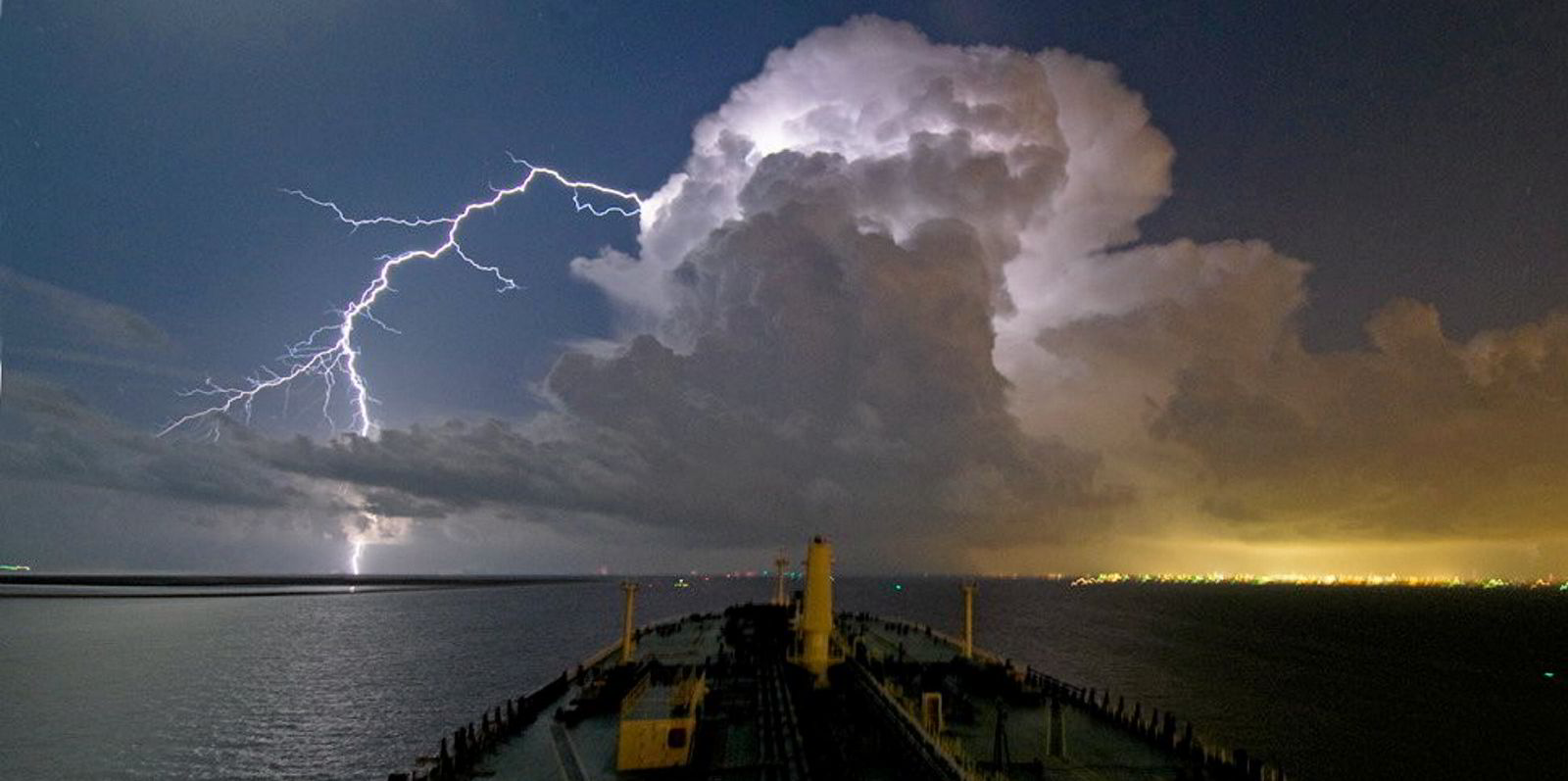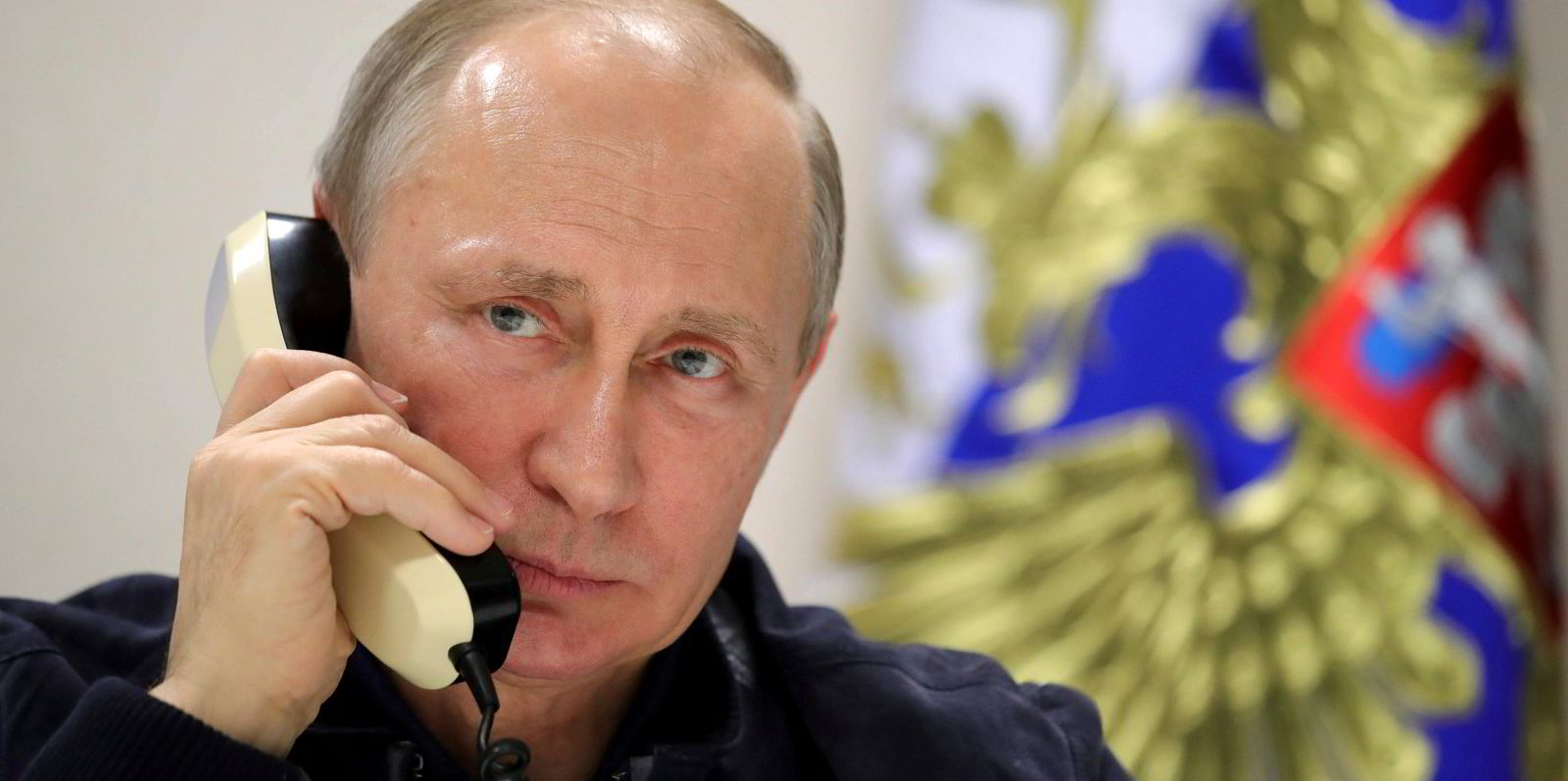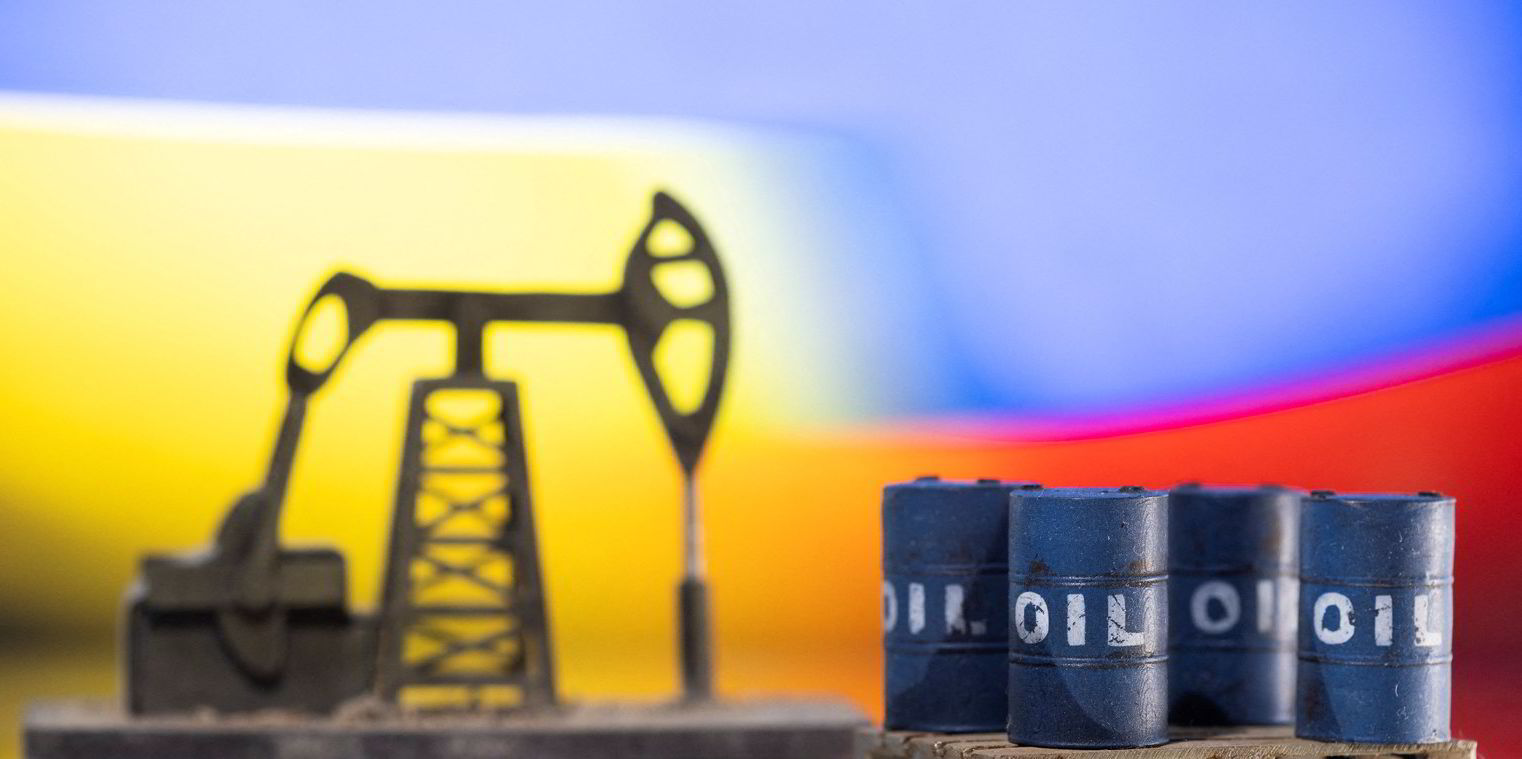The geopolitical fallout from Moscow’s war on Ukraine has propped up tanker rates since February, so much so that when the economic slowdown led Opec+ to cut output, the buoyant spot market kept bouncing along its post-invasion heights.
The Baltic Dirty Tanker Index ended last week at 1,737 points — the highest level for the indicator of spot market strength since April, which in turn was a peak that had not been seen since October 2019.
But even as more sanctions present the possibility that market dislocation — which has fuelled the tanker spot market rally — will continue, the potential that Russian oil output may finally buckle under the pressure of the restrictions threatens to erode that support.
Two shipbrokers raised questions about whether the combination of economic headwinds and uncertainty over Russian oil exports could spell trouble for the sector.
Poten & Partners and Gibson Shipbrokers both issued research reports expressing concern over how long the sector can continue to enjoy the disconnect between lofty tanker rates and the economic outlook.
“The recent Opec+ decision to cut production targets by 2m barrels per day from November onwards, given concerns about a deteriorating economic outlook, took many by surprise,” Gibson said. “However, dark clouds over the global economy are indeed gathering.”
Both brokers pointed to the recent International Monetary Fund’s World Economic Outlook, which described a broad-based and sharper-than-expected slowdown.
Gibson noted that the International Energy Agency also issued a more bearish outlook for global oil demand, cutting its 2023 growth estimate by 470,000 barrels per day. It now expects world oil consumption next year to grow by 1.65m barrels per day.
China slump adds to gloomy picture
China suffered the greatest downward revision in the IEA forecast, and Gibson warned that lockdowns resulting from the country’s zero-Covid-19 policy present a threat to further estimates cuts.
“All of the above points to a rather gloomy picture for the near-term,” the broker said.

In normal times, tanker rates would not be immune from the economic tides, but sanctions that followed the conflict in Ukraine have protected the sector, for now at least.
“This conflict has created massive geopolitical tension, triggered a wave of sanctions against Russia and it has caused a lot of dislocations, inefficiencies and uncertainty in the tanker market,” wrote Erik Broekhuizen, Poten’s head of tanker research.
Will price cap fuel inefficiencies
The market faces two possibilities, he said. The ban on carrying Russian oil above a yet-to-be-established price cap, which takes effect in early December, could extend the market efficiencies that are supporting spot rates.
Or, Broekhuizen said, cutbacks in Russian exports and economic headwinds could lead to a “substantial decline” in demand for tankers.
The European Union’s ban on Russian imports and the price cap’s restrictions on EU-flagged or EU-insured ships carrying Russian oil could continue to force European buyers to look further afield for their crude. And it could keep Russia seeking out alternative customers, which also boosts tonne-miles.
Broekhuizen pointed to a number of questions about the impact of the price cap on Russia’s ability to export its volumes.
Will ships that are currently on long journeys be stranded when the price cap is set? Will Russia be forced to move more of its volumes to the “dark fleet”?
“While the tanker industry usually finds a way to keep the oil flowing, despite the best efforts of sanctioning authorities, it seems that a meaningful reduction in Russian exports is on the cards,” Broekhuizen wrote, although he said it might be temporary.
The researcher said it is possible this could put pressure on tanker rates, although at the same time it could add to market inefficiencies and have the opposite effect.
Gibson noted that a major share of tonne-mile growth has been Russian crude moving to more distant destinations.

“If these flows are to decline, this will remove an element of support to crude tanker markets,” the outfit wrote, noting that it could also push oil prices above $100 per barrel again, fuelling more economic woes.
The current climate puts the tanker market at a fork in the road, with one path leading to further happy times for the sector’s shipowners, and another putting them back at the mercy of economic winds.





